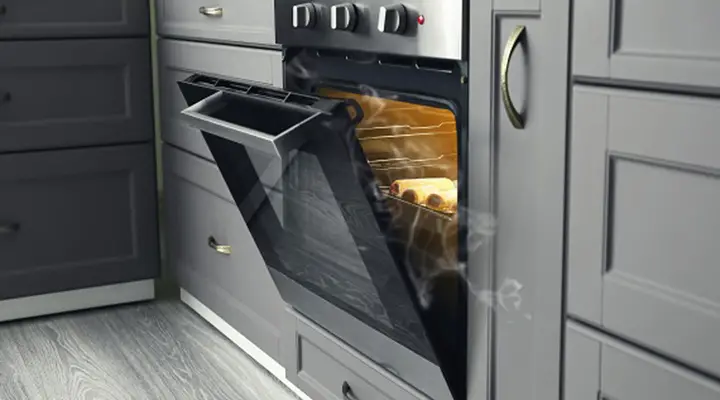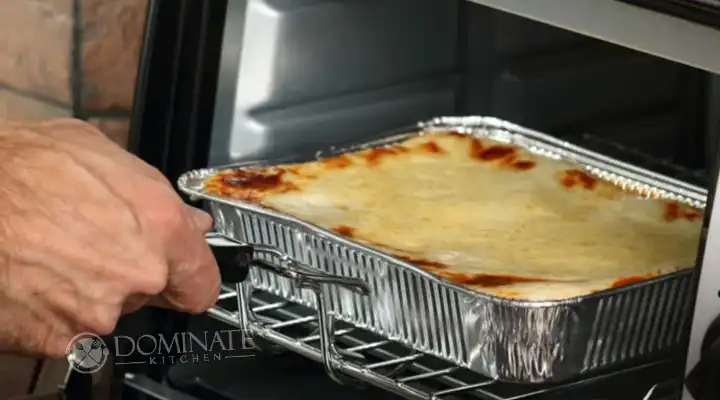What Oven Setting Is Simmer
You may prefer to cook your food in other ways than grilling, roasting, or frying. In such a situation, undercooking is an effective method of baking and cooking food. Not to mention, you can cook any food with this method. In an oven, however, what setting corresponds to simmer? Without knowing the exact setting that works as a simmer in an oven, you won’t be able to use it to undercook any food. Because of this, you should adjust your oven settings according to your cooking preferences.
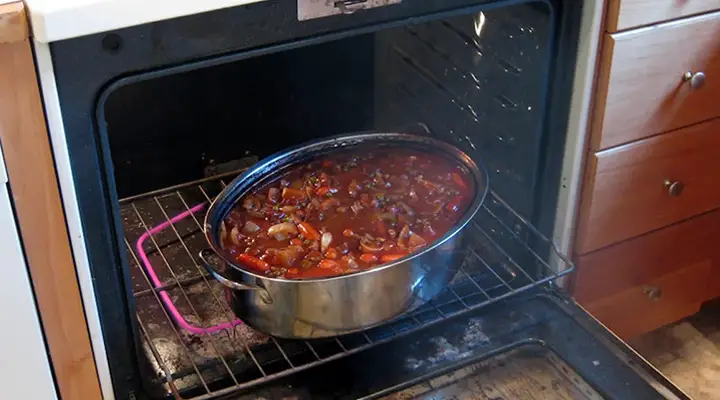
What Is Simmer?
Simmer is a method of cooking where you need to cook at a temperature below the boiling level. Here, the oven uses moderate heat to gently cook the foods and create a soft texture on them. This way, the ingredients, and seasoning combine perfectly to get a perfectly baked food. If you specify the temperature of the food, it will be around 180 degrees Fahrenheit to 200 degrees Fahrenheit.
Usually, this baking method is used for cooking meat, stews, soups, etc. Because these foods need a slow cooking process to bake evenly and soften the complex parts. In any case, you need to precisely identify the simmering in your stove. The temperature where the water starts to boil in your range is the limiting temperature for simmering. So, use a lower temperature than that to begin steaming your food.
What Oven Setting For Simmer
In most cases, you won’t find any simmer setting in your oven. Because there is no specific temperature range for every oven to identify as the simmering temperature. In fact, the simmering temperature may differ in individual ovens because of different structures and designs. So, you need to find out the boiling point of your range first.
First, you need to boil some water in your oven. Keep the temperature below 200 degrees Fahrenheit. If the oven starts to create bubbles in the water, it means the water boils at the set temperature. So, you need to set the temperature below that. If the water doesn’t boil, increase the temperature by more than 5 or 6 degrees Fahrenheit. Repeat the process until you get the exact boiling point of the water.
After identifying the boiling point, subtract five from the temperature. For example, if the boiling point is 200 degrees Fahrenheit, the simmering temperature will be 195 degrees Fahrenheit. Now, you’ve identified the simmering temperature for your oven, and you can use this temperature as the oven setting to undercook any food.
When your electric oven doesn’t allow setting the temperature according to the degrees of Fahrenheit, you need to identify the specific setting that falls in the simmer category. Usually, the simmering temperature lies in the medium-low setting of the oven. Depending on the oven type, the temperature dials can be marked as words, lines, or numbers on the touchpad.
Since simmering is not a specific setting available in the ovens, you need to manually configure it using the temperature below the boiling level. Besides, you can test the setting by poaching an egg into the oven. If the poach is burnt, then the simmering temperature isn’t perfect. So, you need to lower the temperature in that case.
How To Simmer On An Oven
You’ve already known that simmering is the process of cooking below the boiling point. Not to mention, you can use both low simmer and full simmer for cooking food according to your choice. When simmering a portion of food, you may need to adjust the temperature according to the requirement of the baking condition. Besides, you should adjust the cooking time to cook the food thoroughly with proper baking. Now, follow the below steps to simmer food adequately.
- Since simmering always requires water for the cooking process, you need to fill the cookware with water. Or, you can fill using your liquid recipe and add all necessary ingredients to the recipe. Use the liquid according to the recipe to prevent the cooking from getting wasted.
- Now, put the cookware in the oven and set low heat to preheat the food. After that, put the heat on medium and increase it in a slow process until you get your desired simmering temperature.
- Avoid adding extra ingredients in the middle of the ongoing process since it can reduce the overall temperature. Not to mention, you can directly put the simmering temperature after cooking at a low temperature.
- Keep an eye on the cooker so that the liquid doesn’t become hot. Because, it can change the simmer to boil within a short period. If needed, adjust the temperature to balance the simmering process.
- After establishing the simmer, you need to set the cooking time for finishing the baking process. At this stage, you can stir the ingredients for the last time. Then, simmer the food to reach the end of the cooking time.
Frequently Asked Questions
What Number On Stove Is Simmer?
For any stove, the number is around a specific temperature below the boiling point. In most cases, the boiling point for a stove is around 200 degrees Fahrenheit to 215 degrees Fahrenheit. This point varies on different stoves. So, the usual range of simmer is about 180 degrees Fahrenheit to 200 degrees Fahrenheit. And, that’s the number to consider as simmering on a stove.
What Setting To Use For Simmer?
Follow the method mentioned above to identify the simmering temperature for your oven or stove. If your oven doesn’t have a temperature dial, you can try the medium-low setting to simmer any food. Typically, the medium-low setting works as the simmering temperature for a stove. When using a specific setting to steam your food, always observe whether the food can handle the simmering temperature or not.
Final Thoughts
To sum up, the oven setting for simmer cannot be specified as a specific baking mode. In reality, you won’t find any simmer mode or setting on any oven. As a result, you need to identify the boiling point for your oven, and the below temperature of that boiling point can be selected as a simmering temperature. At last, use this temperature to simmer any food in your oven.

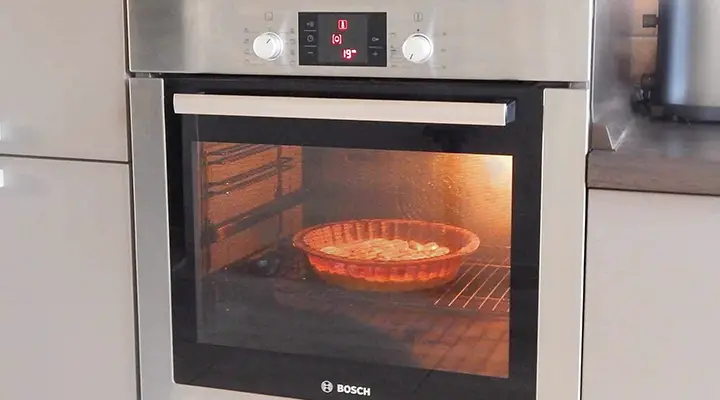
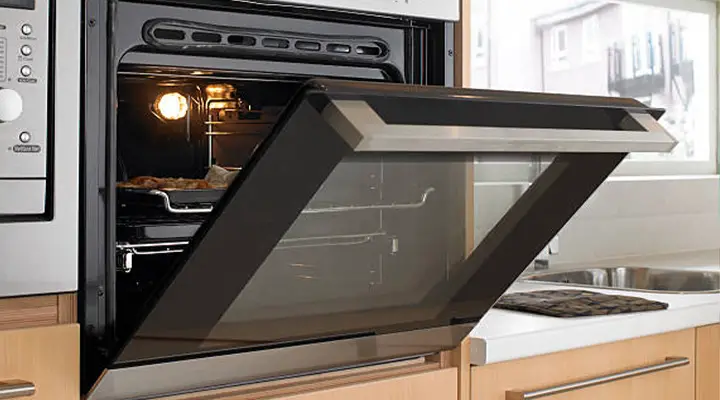
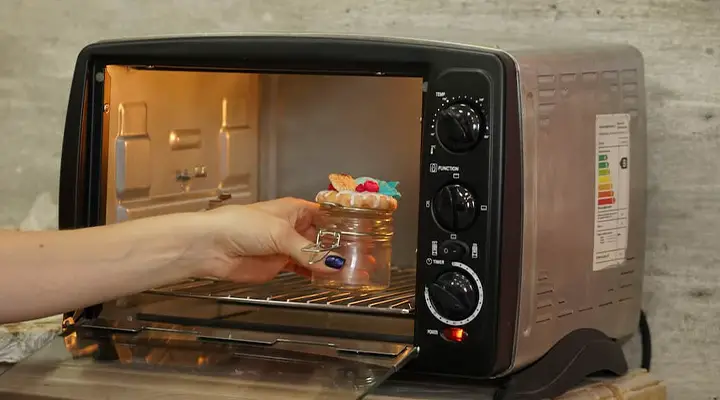
![Oven Smells Like Electrical Burning [Solved]](https://www.dominatekitchen.com/wp-content/uploads/2022/06/Oven-Smells-Like-Electrical-Burning.jpg)
